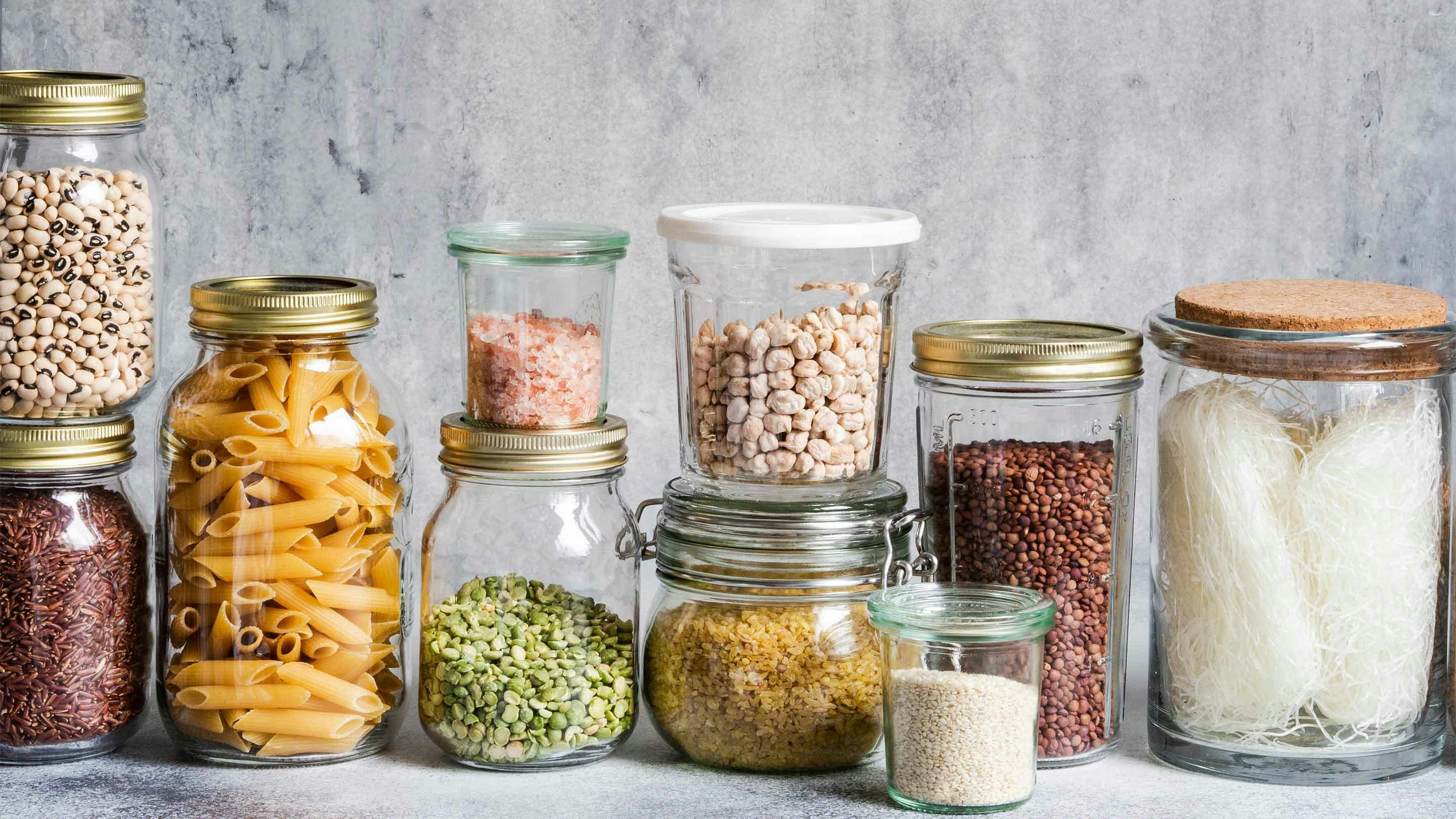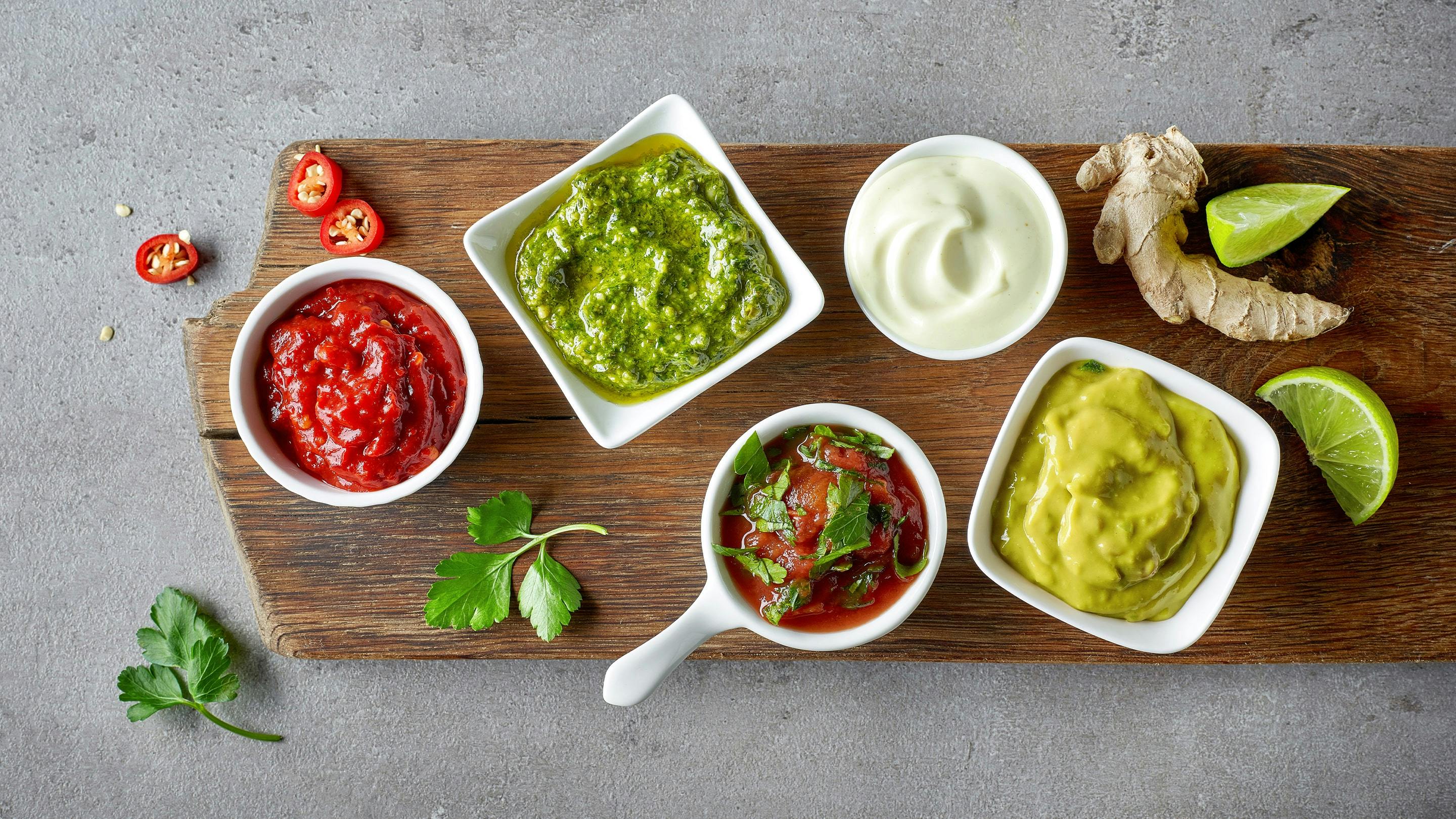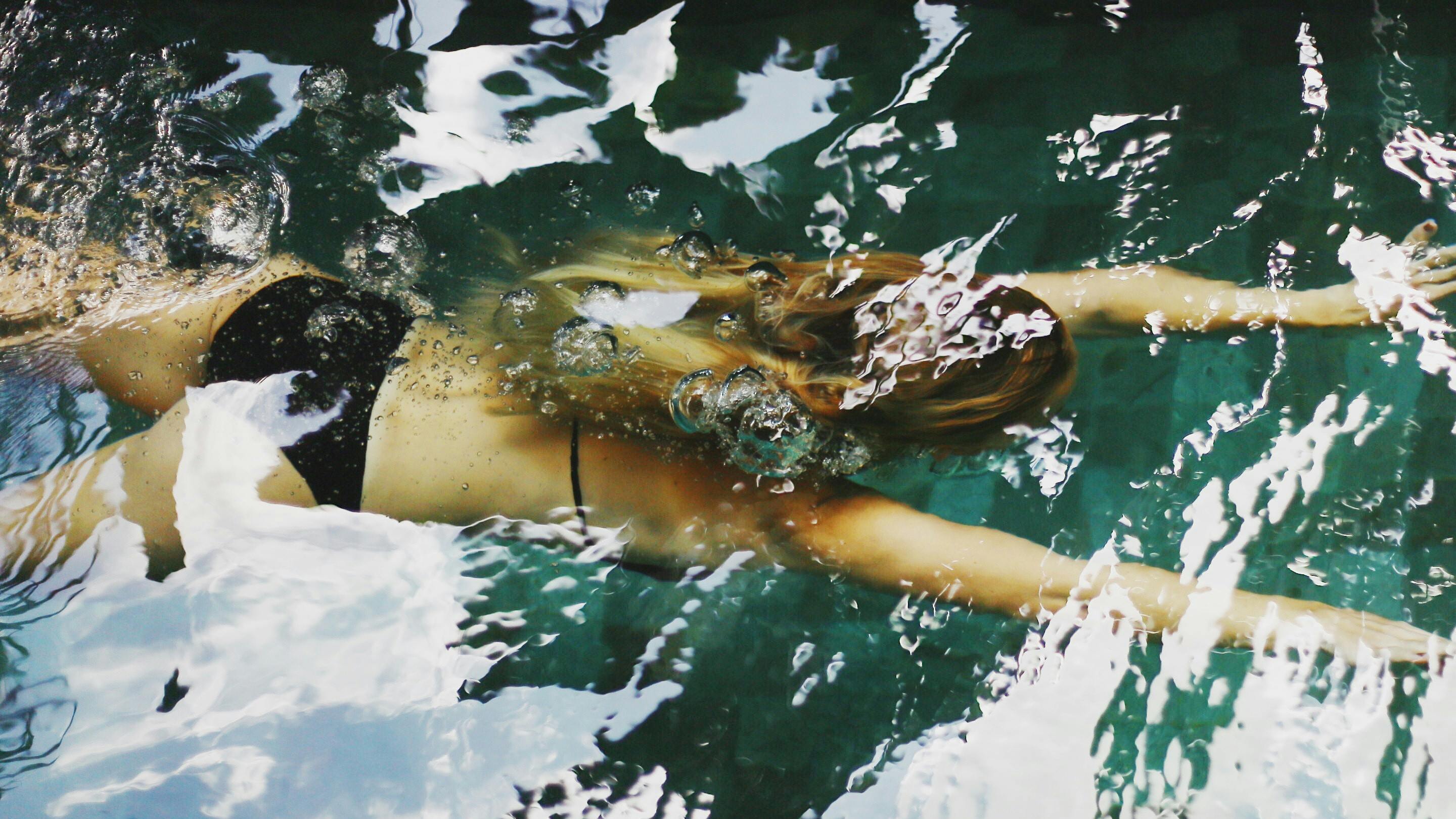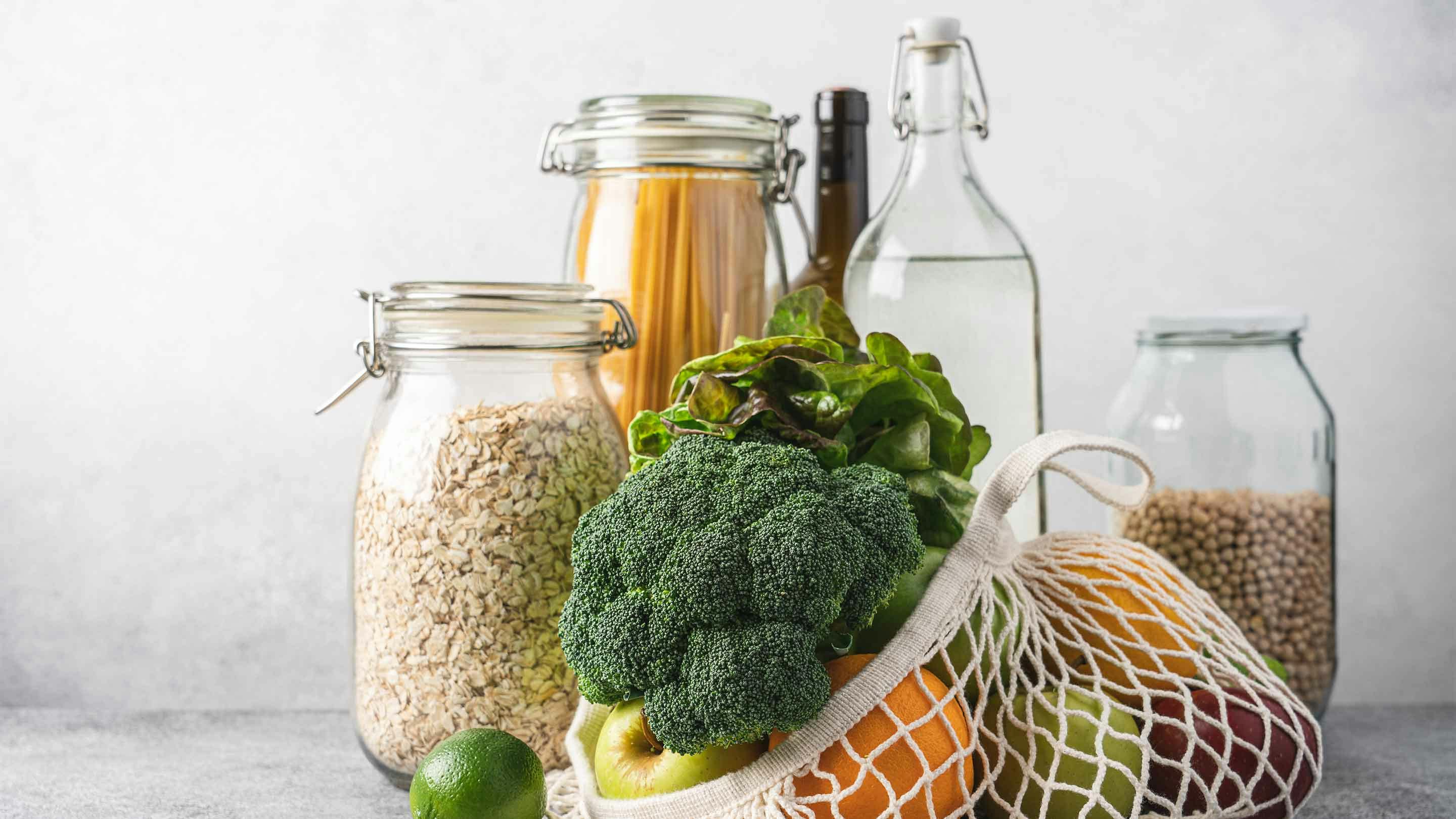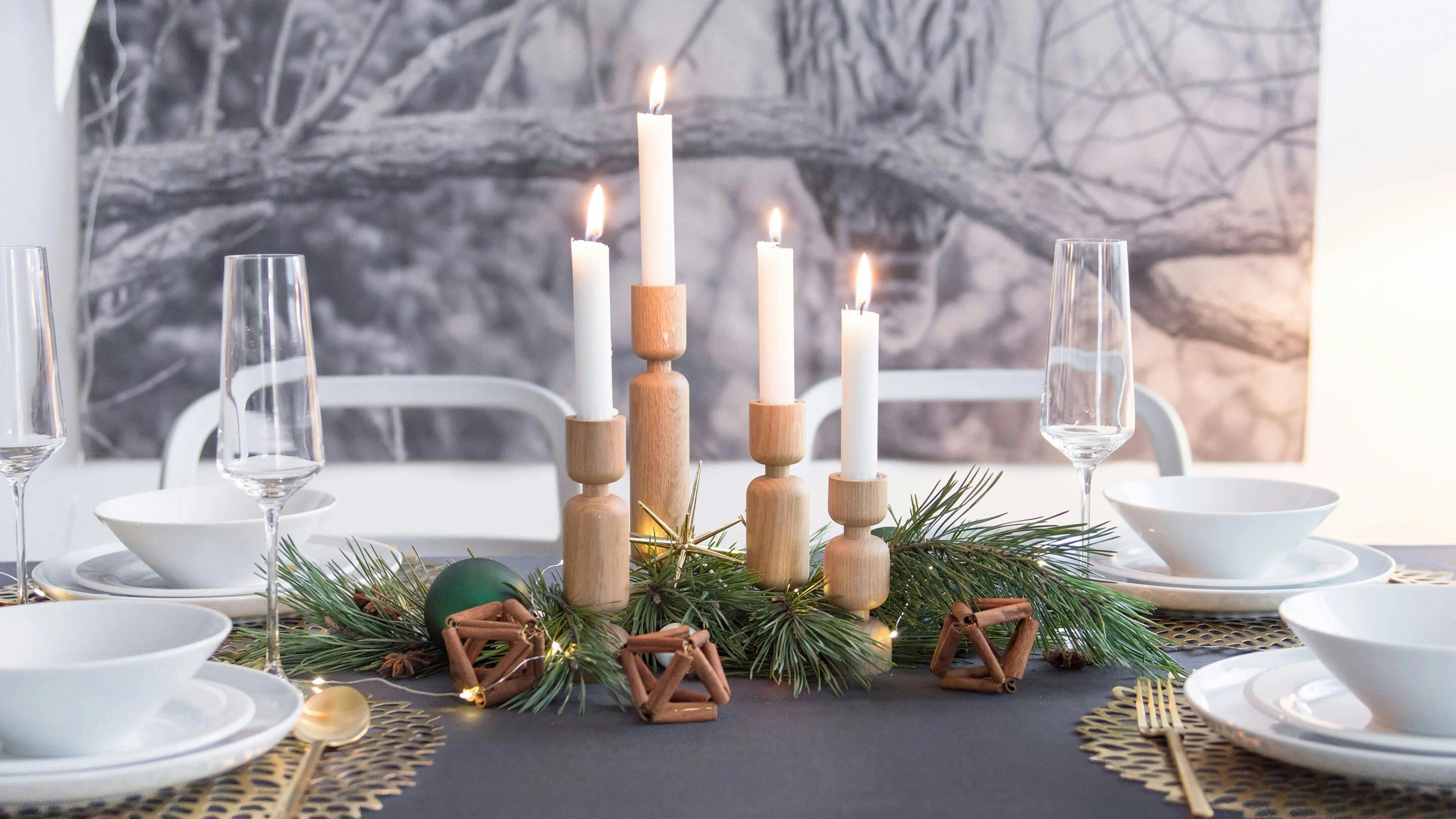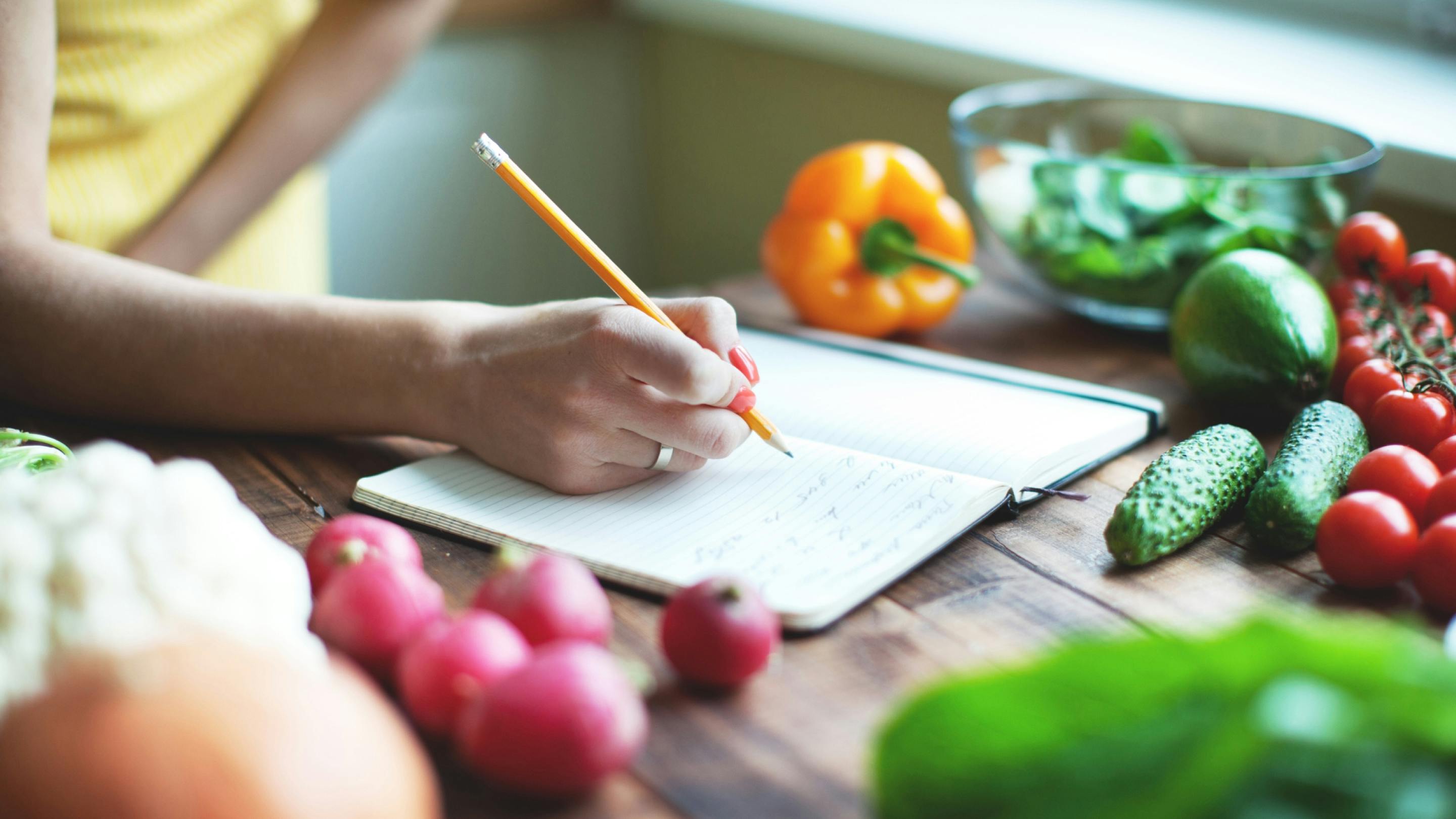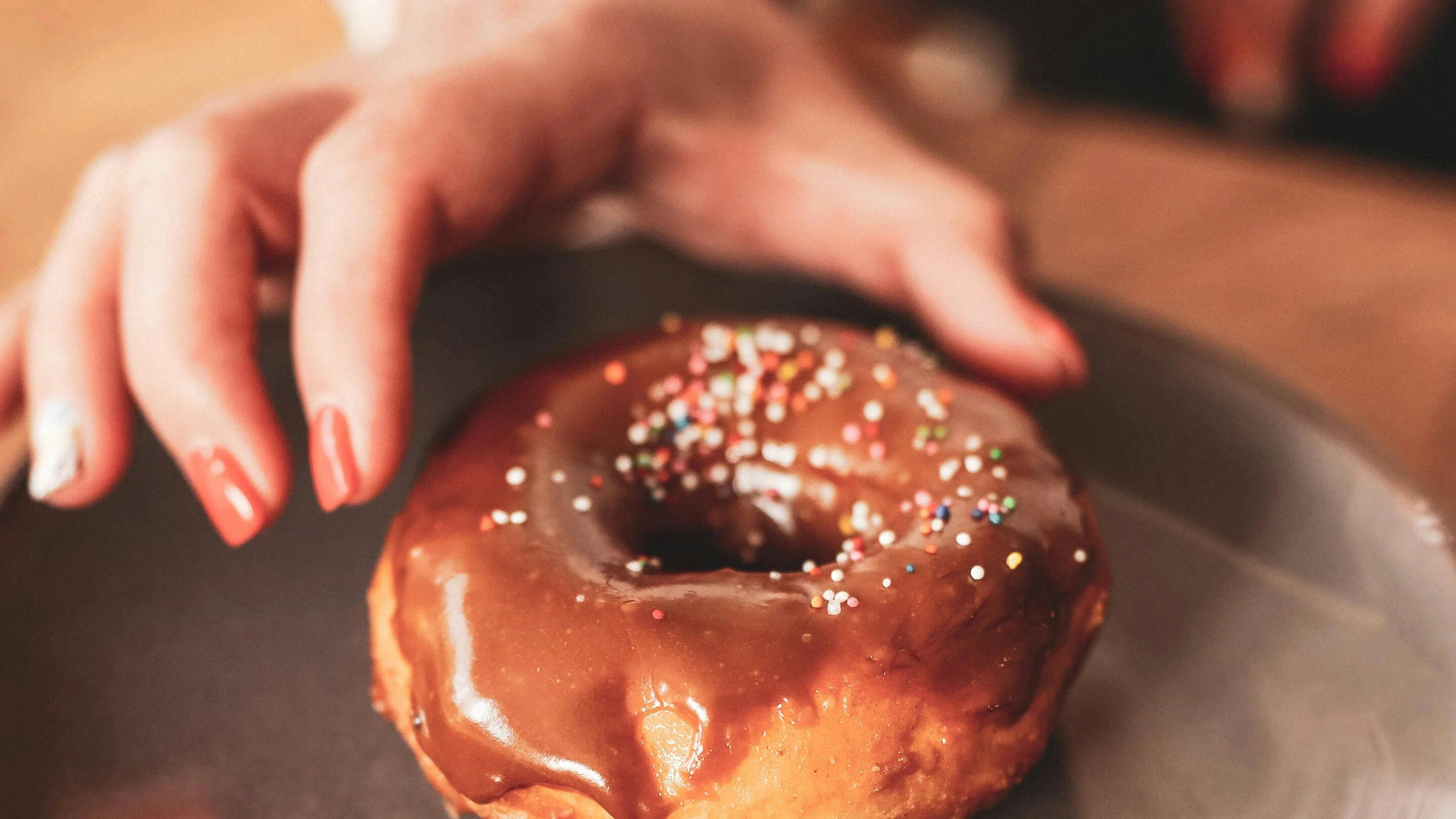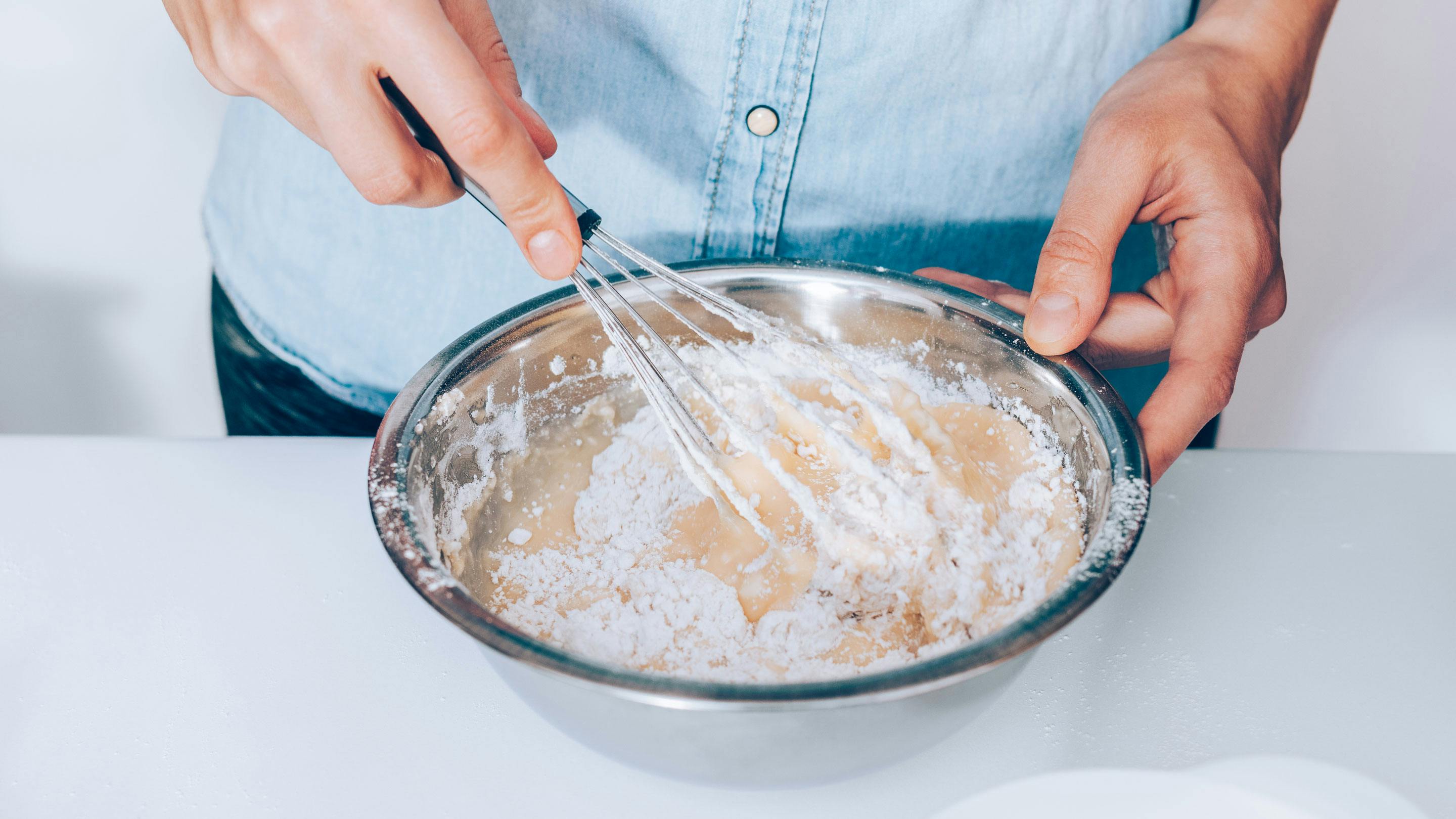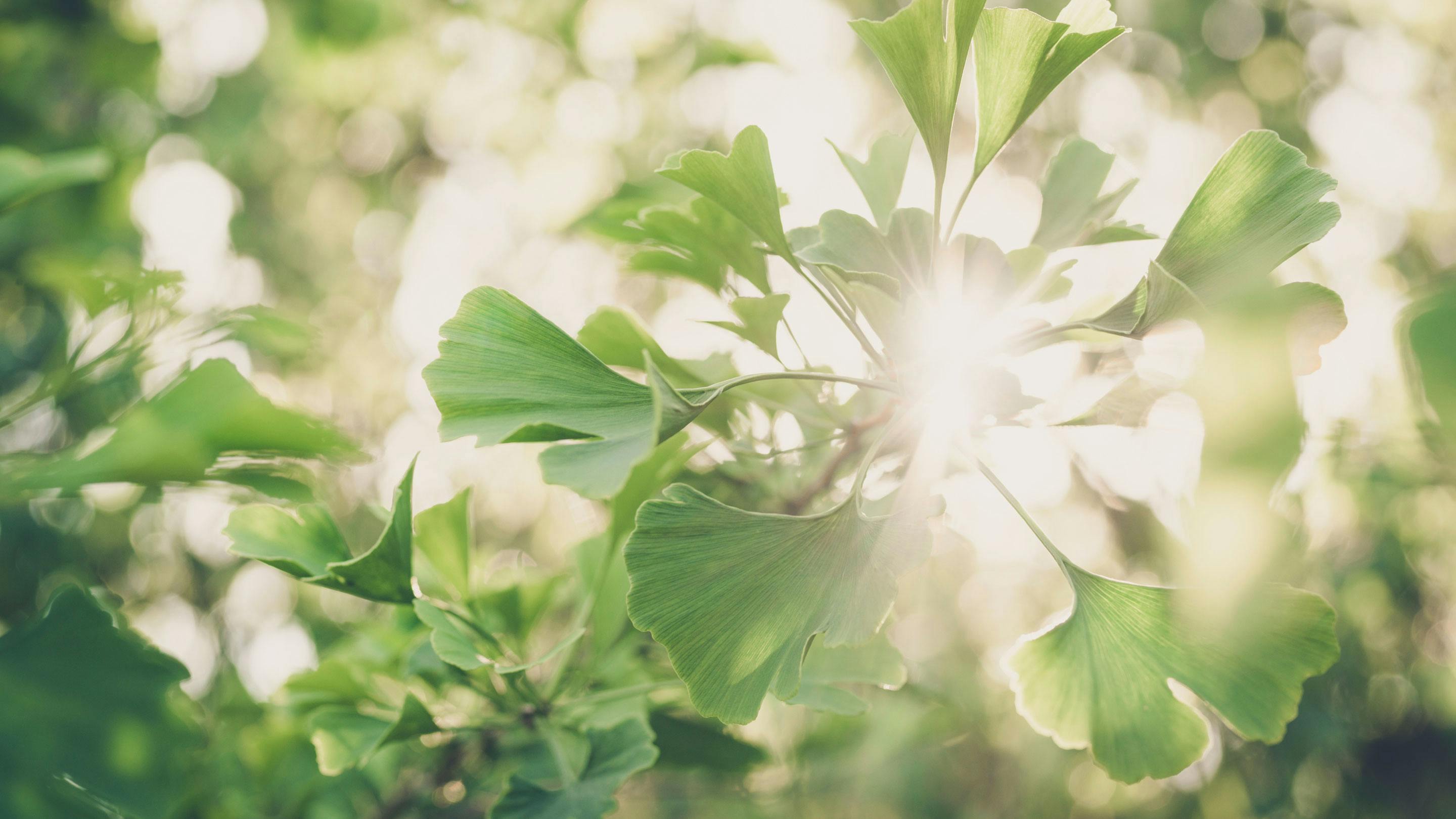Sustainability has many facets - one of them is to use and recycle as much as possible. Zero waste, or “no waste” in German, is the principle. In Austria, over 500,000 tonnes of household food ends up in the bin every year, which is around 60 kg per person. Zero waste is not only good for the environment, but also for your wallet: if you make good use of your supplies, you will quickly save an euro or two!
The kitchen, followed by the bathroom, is the area in the home where the most waste is produced. Conversely, this means that a lot can be achieved here with one or two changes. Here are five zero waste tips for your kitchen:
Shopping with a plan
Zero waste doesn’t just start with the utilisation of leftovers, it starts with smart shopping. A weekly meal plan like our grandmothers used to make is by no means old-fashioned. Make a note of the dishes you want to cook and see which ingredients you will have leftovers of. Meat and fish ingredients spoil quickly and should be used quickly. You are allowed to be creative: if you are cooking according to a recipe, you can replace one or two ingredients with leftovers from another dish. For a casserole, leftover minced meat works just as well as fresh chicken breast, and you can easily replace part of the cream with milk or cream cheese for many recipes.
The last sip will be the first
Whether it’s wine or whipped cream, the last sip often remains in the bottle and can no longer be used. All these leftovers can be poured into ice cube moulds and frozen. Whenever you have another sip, fill one or two cubes with it. If you happen to have any herbs or spices left over, you can add them straight away. Sauces and soups can be wonderfully flavoured with such a small portion of wine, milk and co. This means you don’t have to go to the supermarket the next time you make soup, and you don’t need to open a fresh bottle, which in turn has to be used quickly.
All vegetables, all power
You can eat everything from the stalk to the tip of the leaf of most vegetables. Radish leaves or carrot greens, for example, are often carelessly thrown away, but they are packed with vitamins and minerals. They can be used to make a great pesto, and a portion of greens can also add a flavourful pep to your smoothie. The stalk of broccoli or cauliflower may not have a place in side vegetables, but you can always make a hearty soup from it. Store the leftovers in a glass jar in the vegetable drawer of the fridge.
Did you know that potatoes, sweet potatoes and leeks grow into completely new, fruit-bearing plants when you plant them? Chinese cabbage and celery are also suitable for regrowing.
A heart for bread
Stale bread is probably the classic kitchen leftover. At first, nobody wants to eat it and after two or three days it is already hard. Then it remains in the bread tin, next to a dry slice of toast. Take the opportunity when your oven is still hot to dry the leftover bread. One option is to cut the bread into cubes to make dumplings or croutons later. You can also conjure up delicious dishes from whole or half slices: savoury bread casseroles, a sweet pyre or French toast taste great and not at all like leftovers!
Avoid foil, bags and the like
Durable baking mats made of silicone or glass fibre can be used instead of disposable baking paper. However, a baking mat is usually not necessary for standard baking trays. Biscuits as well as pizza and bread will release easily from a well-greased and floured baking tray.
With our hack for herbs ice cubes, you can declare war on wasting your herbs in the kitchen. Freezing them means they keep for longer, and you can simply use them in portions when needed.
Instead of cling film, reusable beeswax cloths have proven effective for covering cut vegetables or cooked food. Sometimes you don’t even need them: simply place pieces of vegetables cut-side down in a glass jar. You can simply cover a pot of cooked food with an upturned plate – no film is needed.
Have fun implementing the zero waste tips!
Spice up the web! Share this article on...
Read more
Currently Viewing: 1 of

